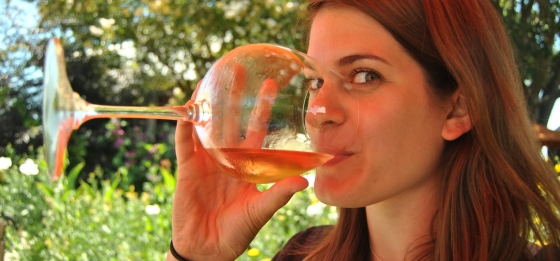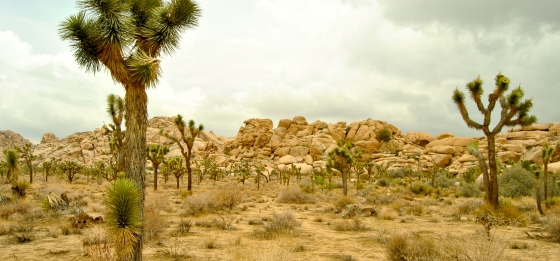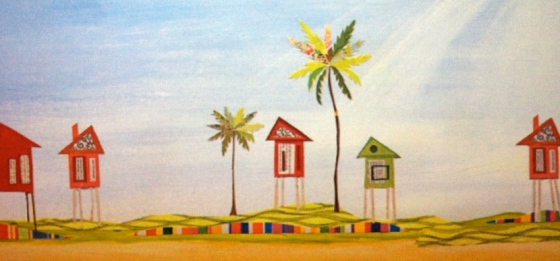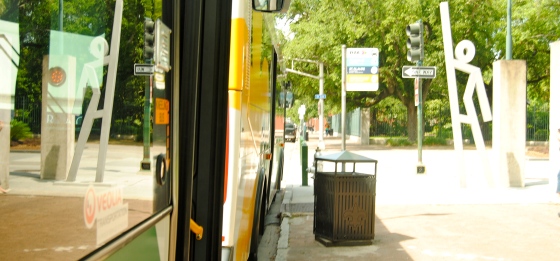Portsmouth, NH
Kirsten Howard
With the road trip part of the Adaptation Stories project now complete, I’m walking along narrow brick lined streets through the Historic District of my new hometown: Portsmouth, New Hampshire. This quaint Atlantic Seacoast community was the third settled U.S. city, so the homes in the South End neighborhood are historic gems. Some played host to George Washington in the 1700s, while others housed factory workers in a more industrial era.










